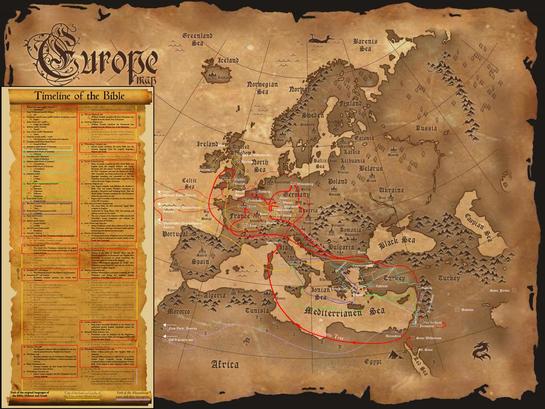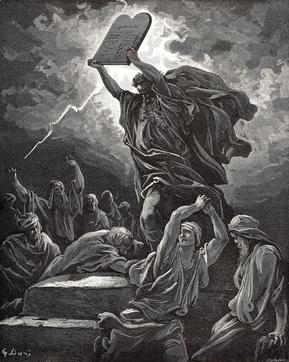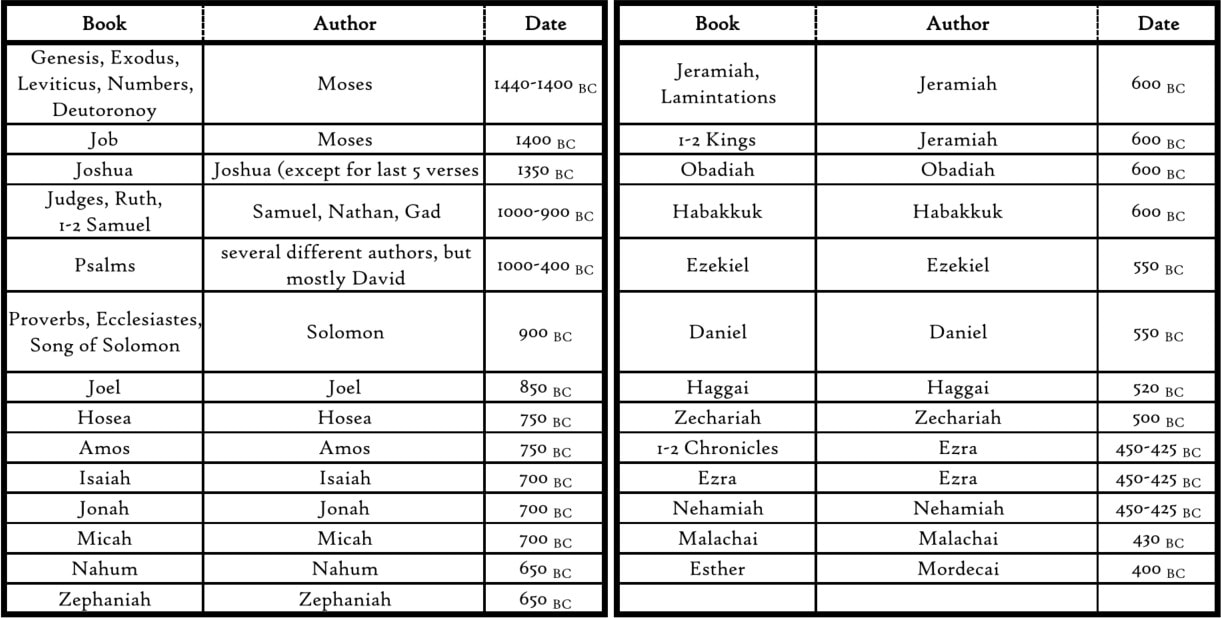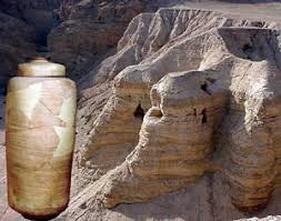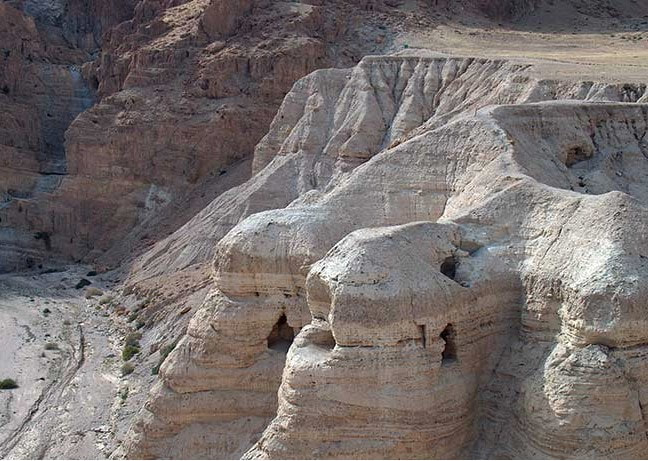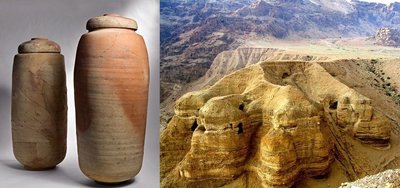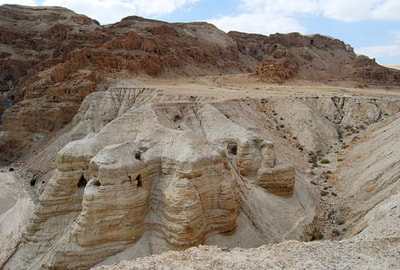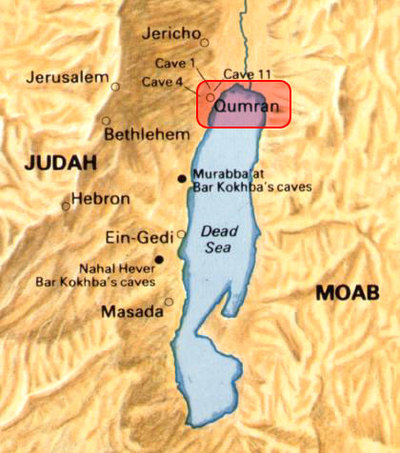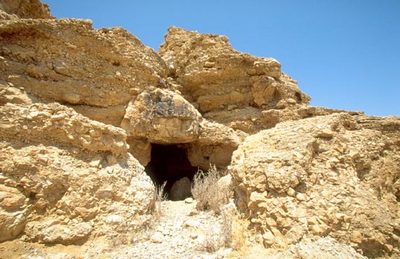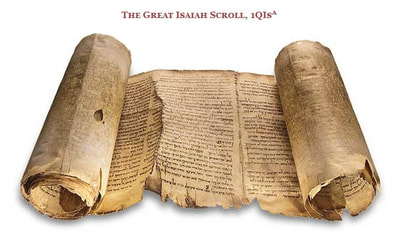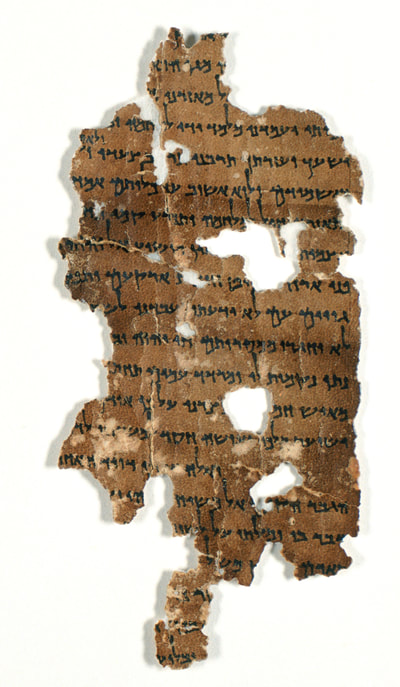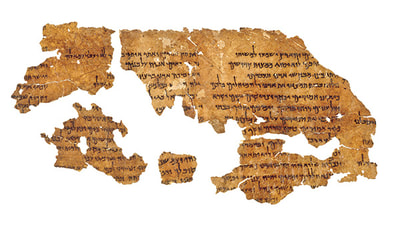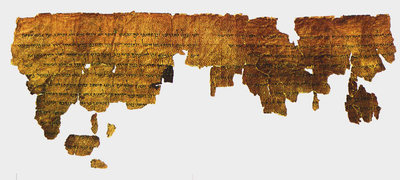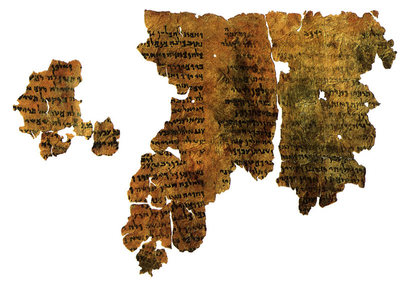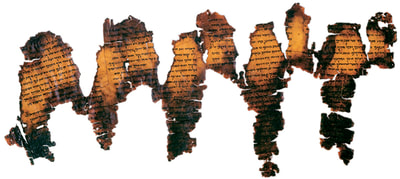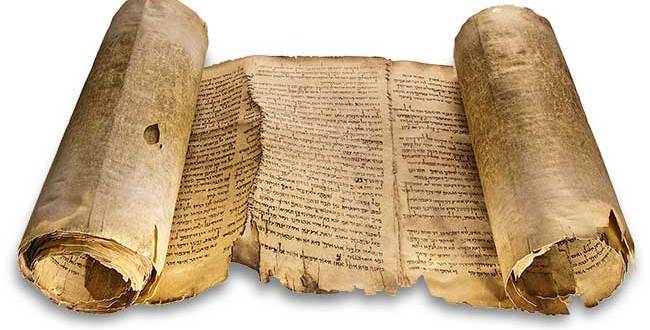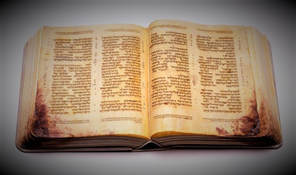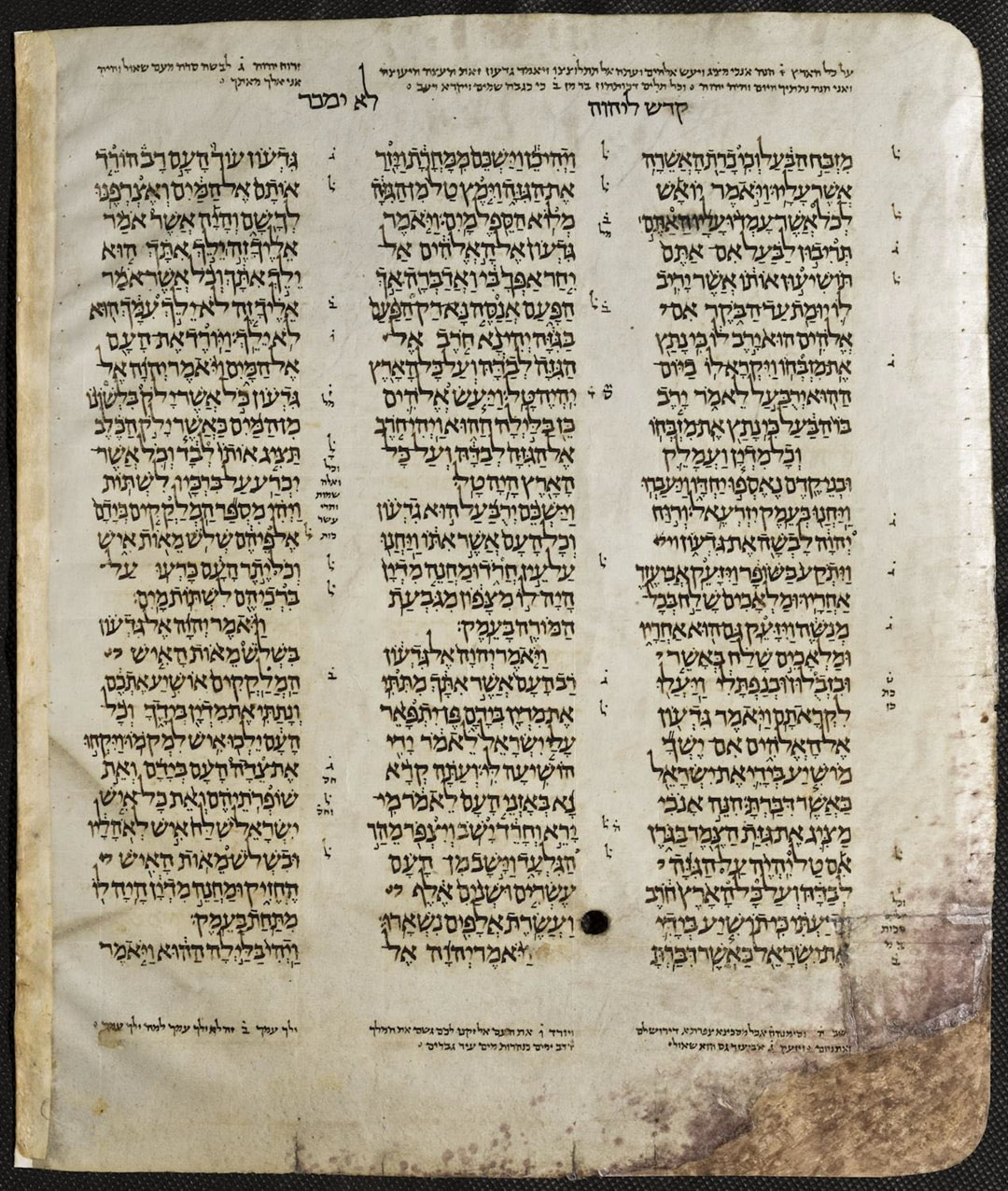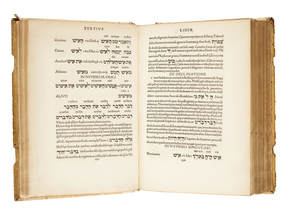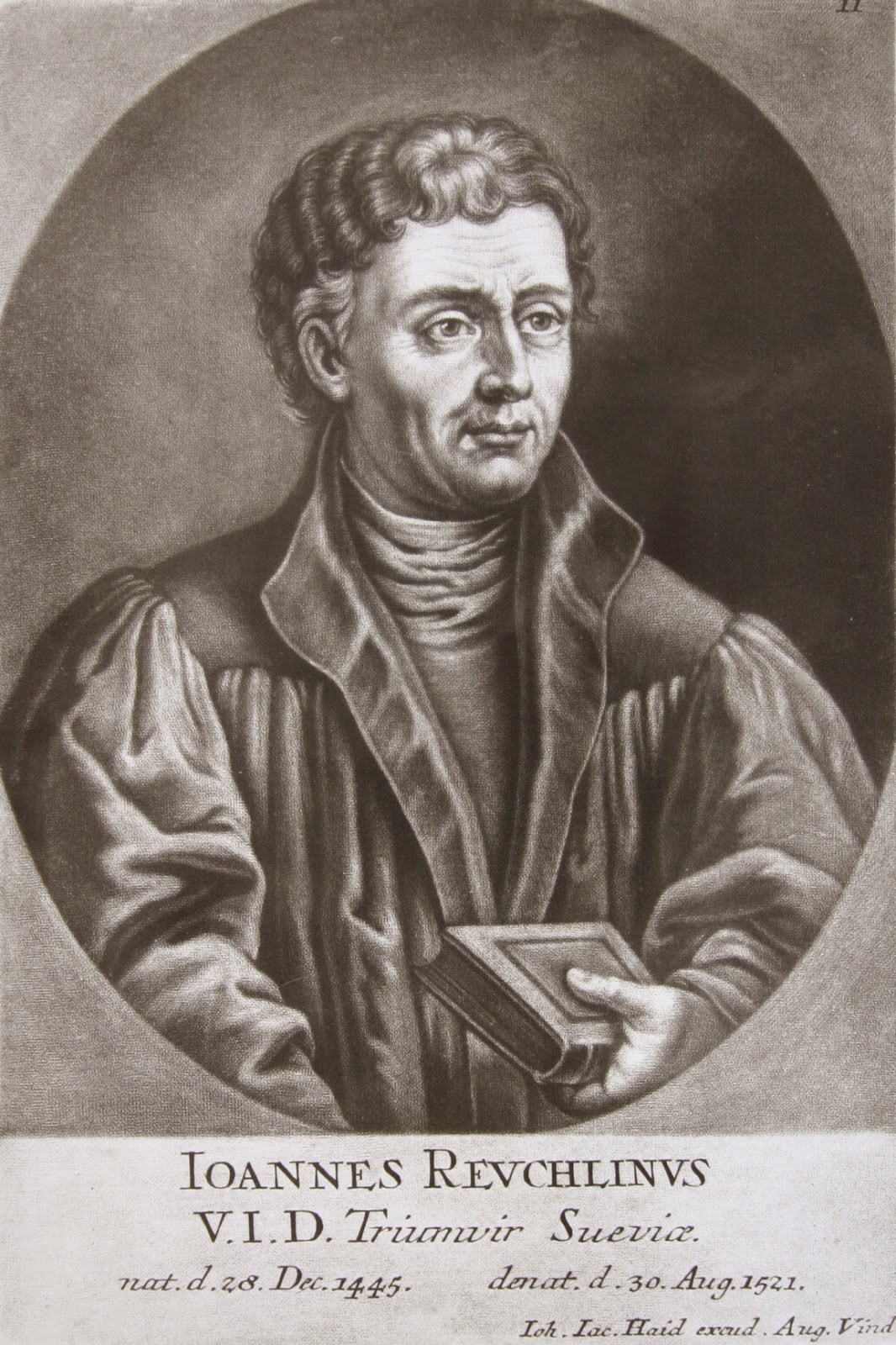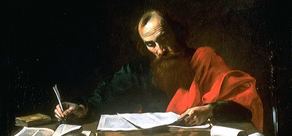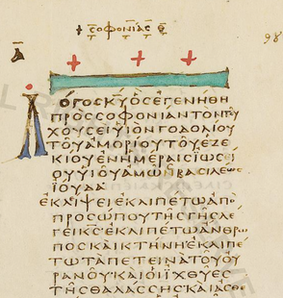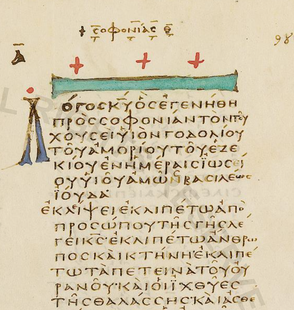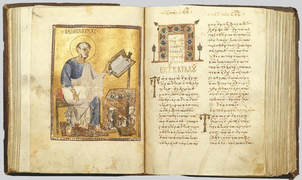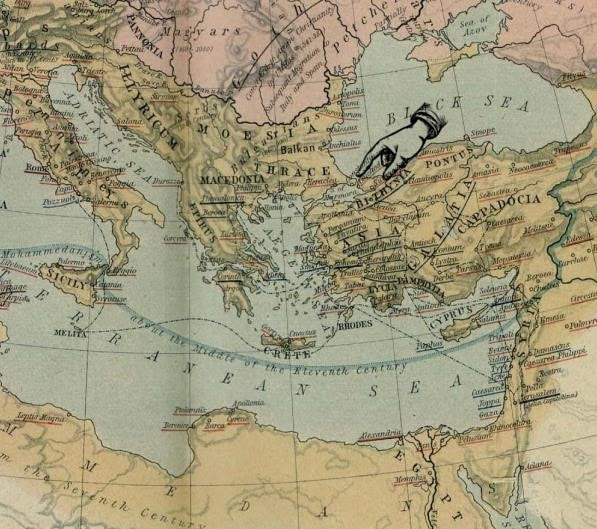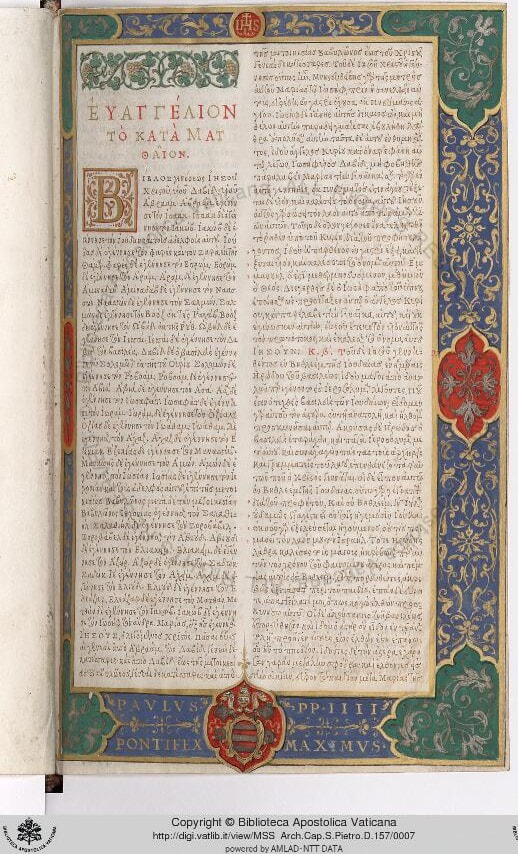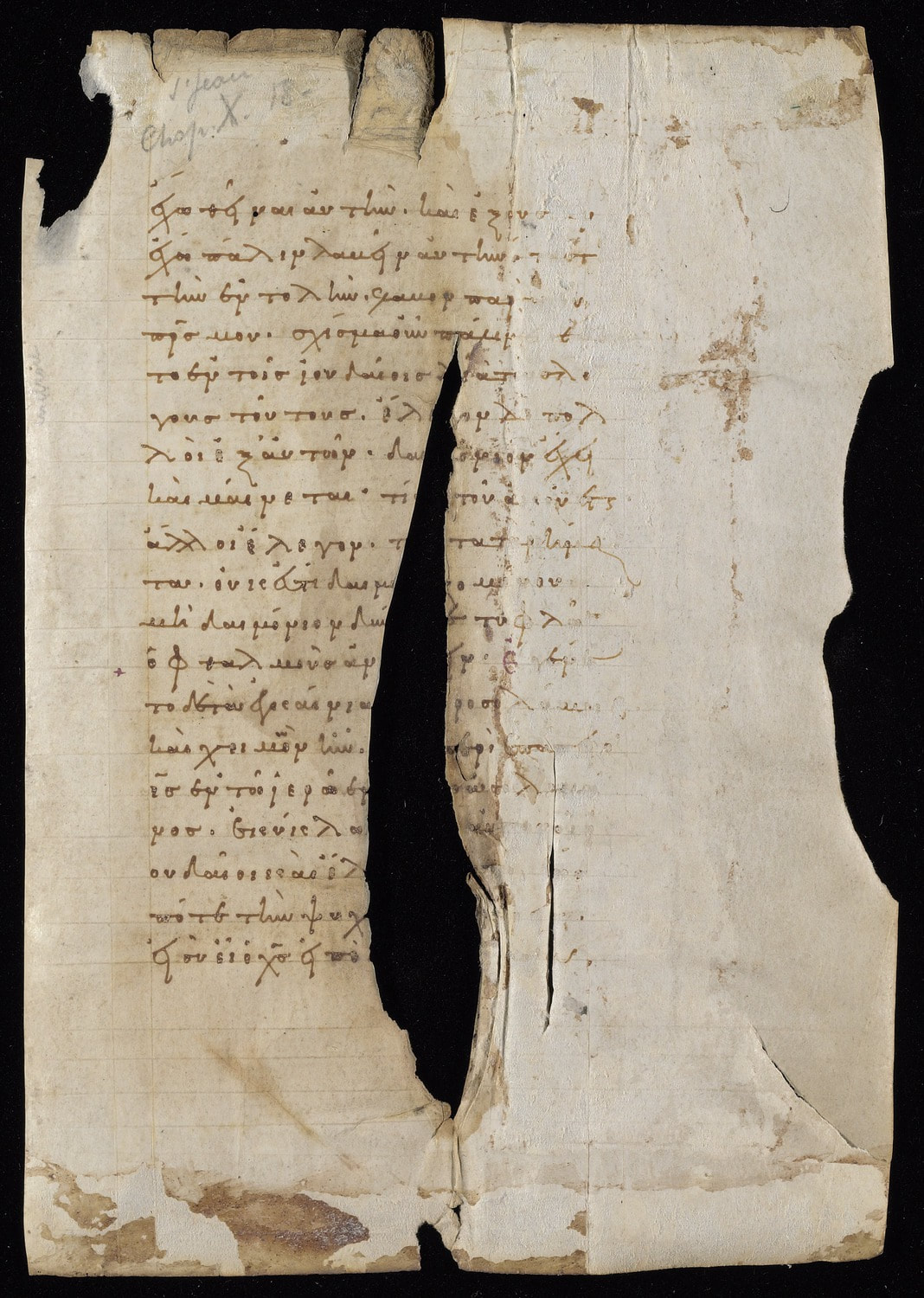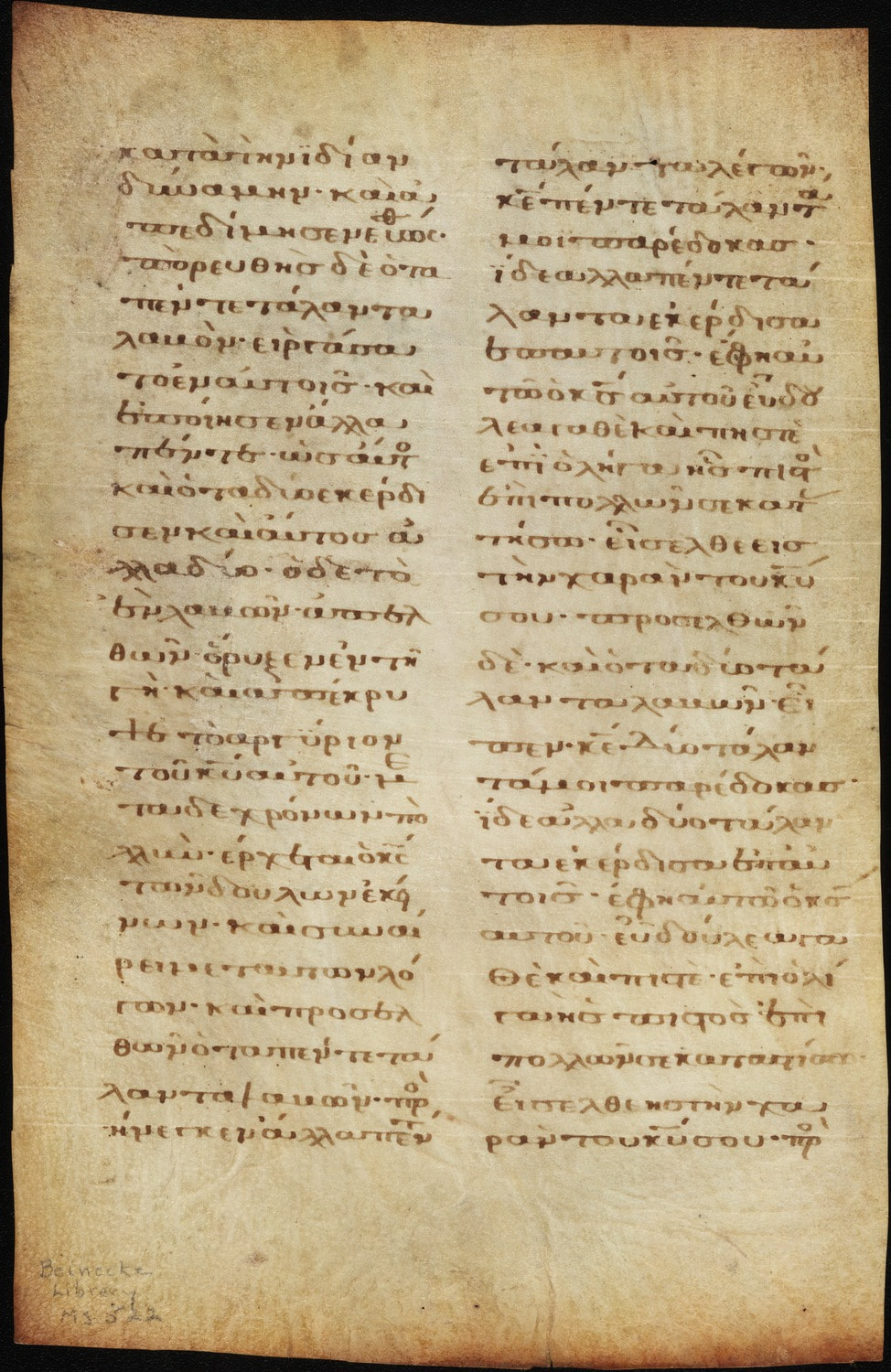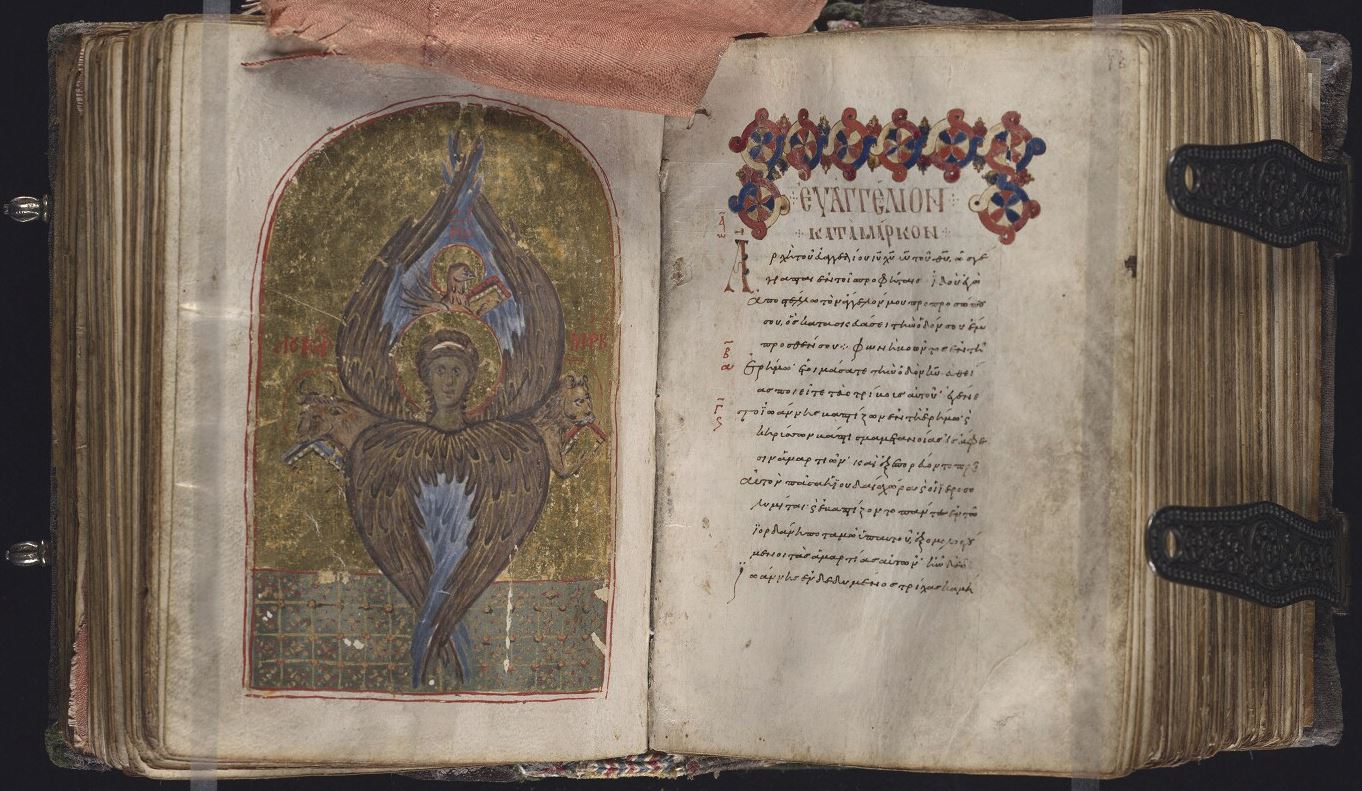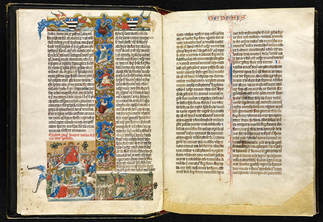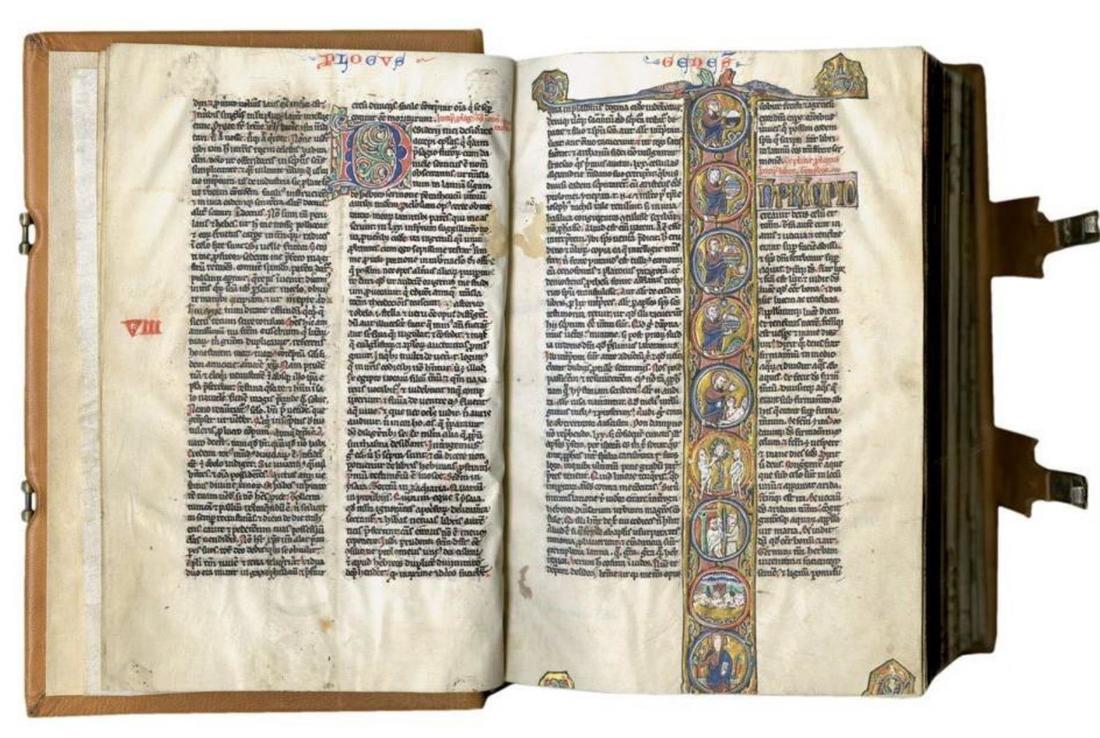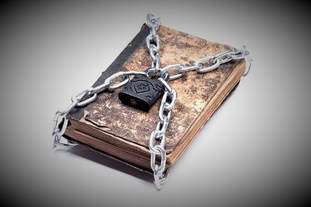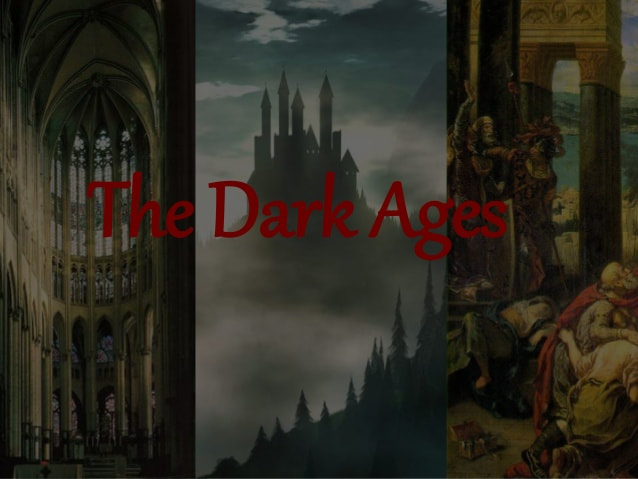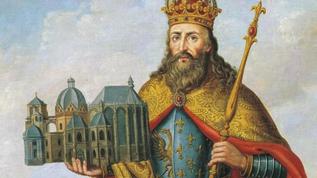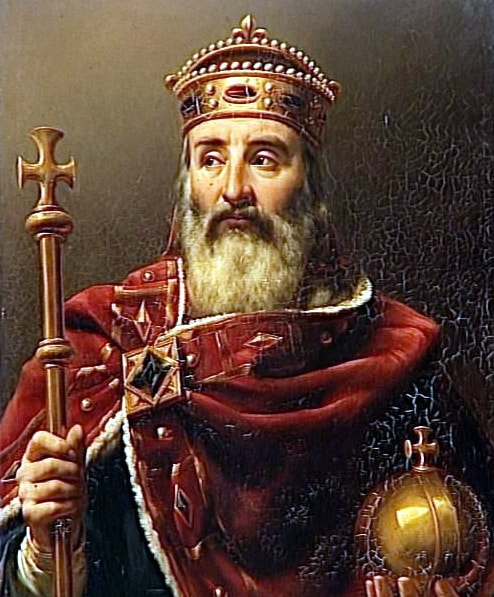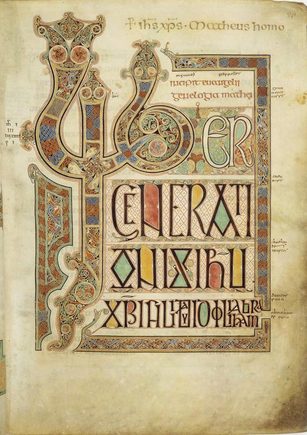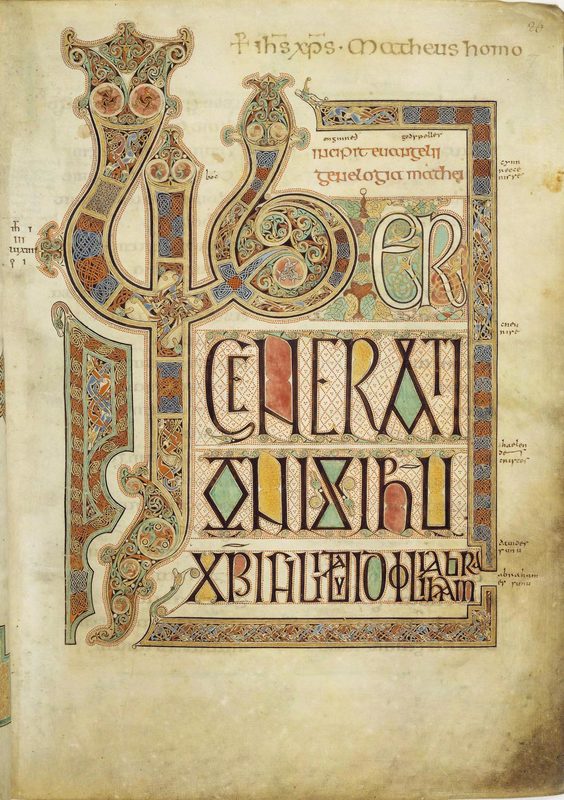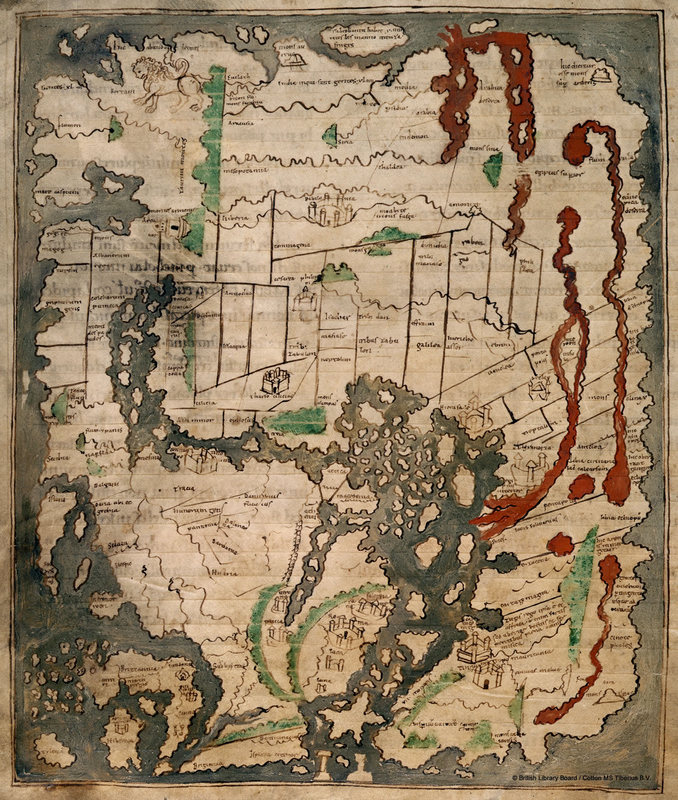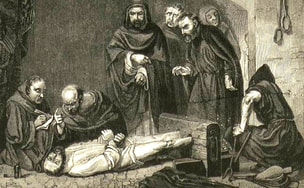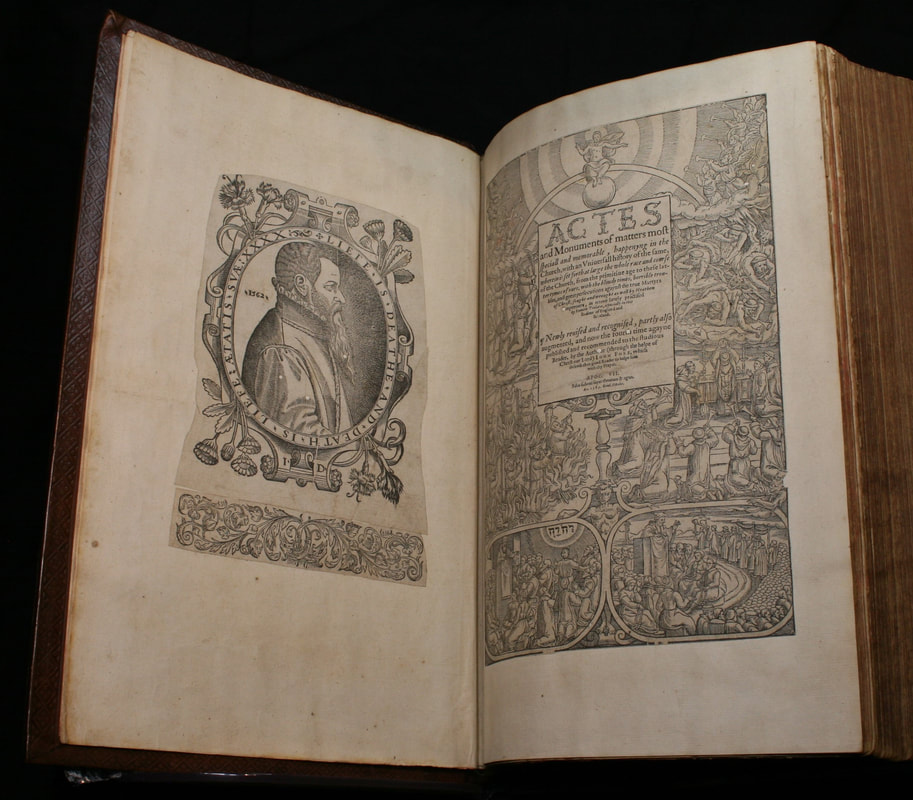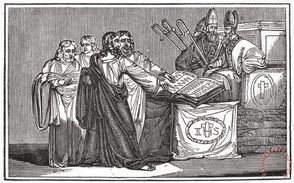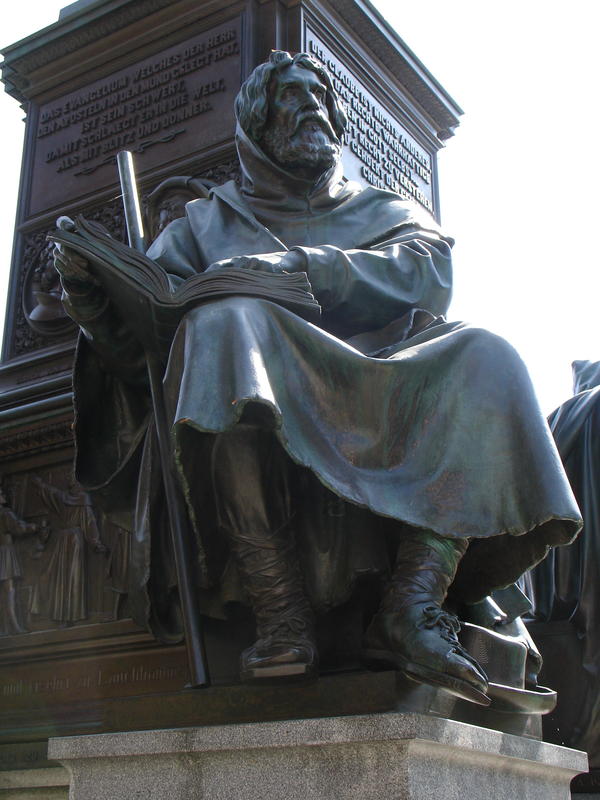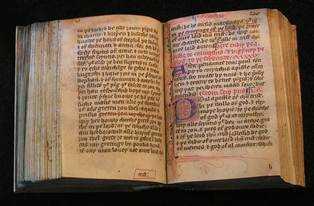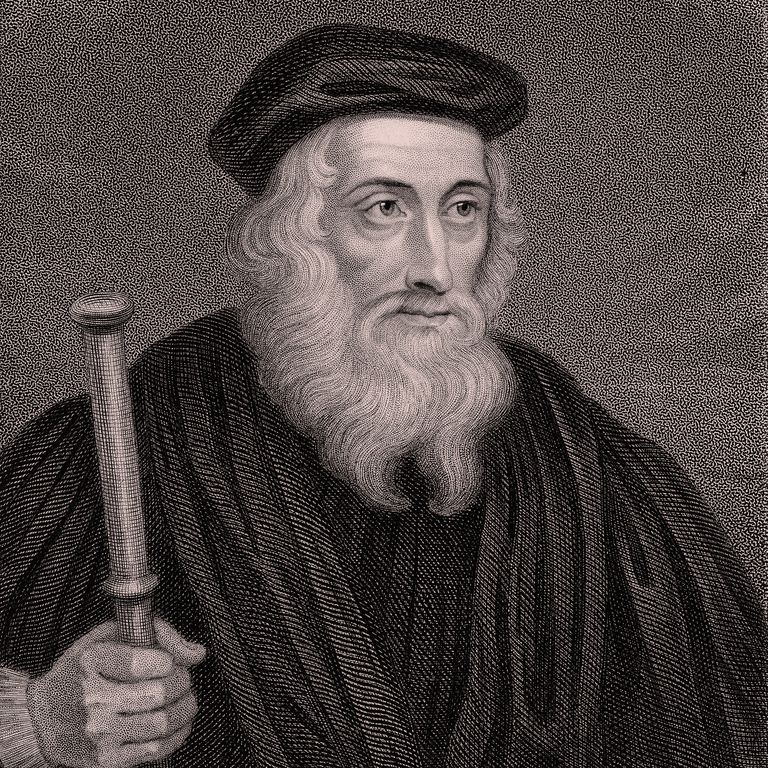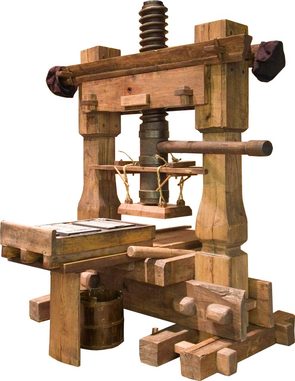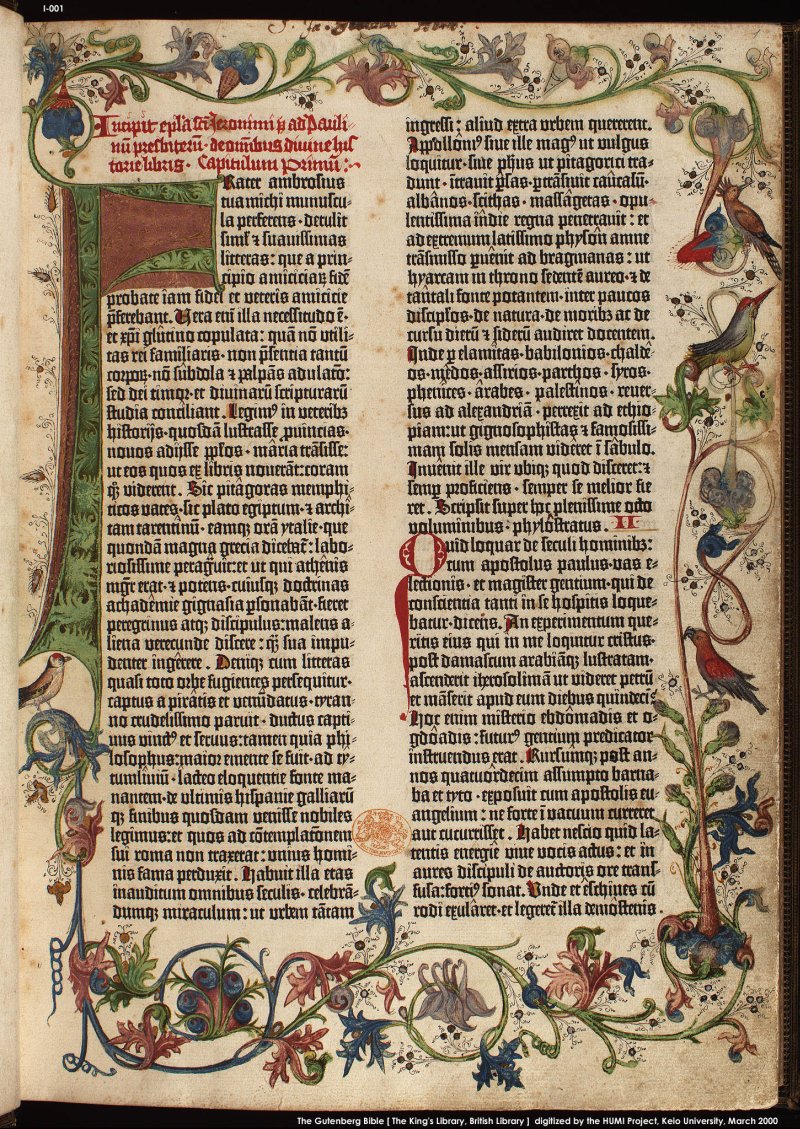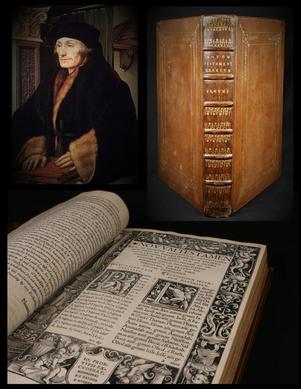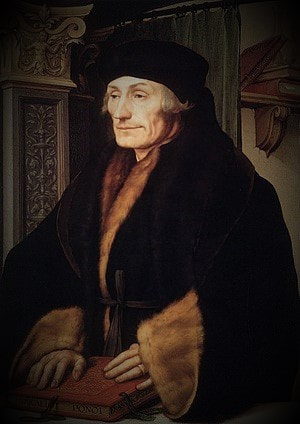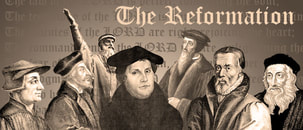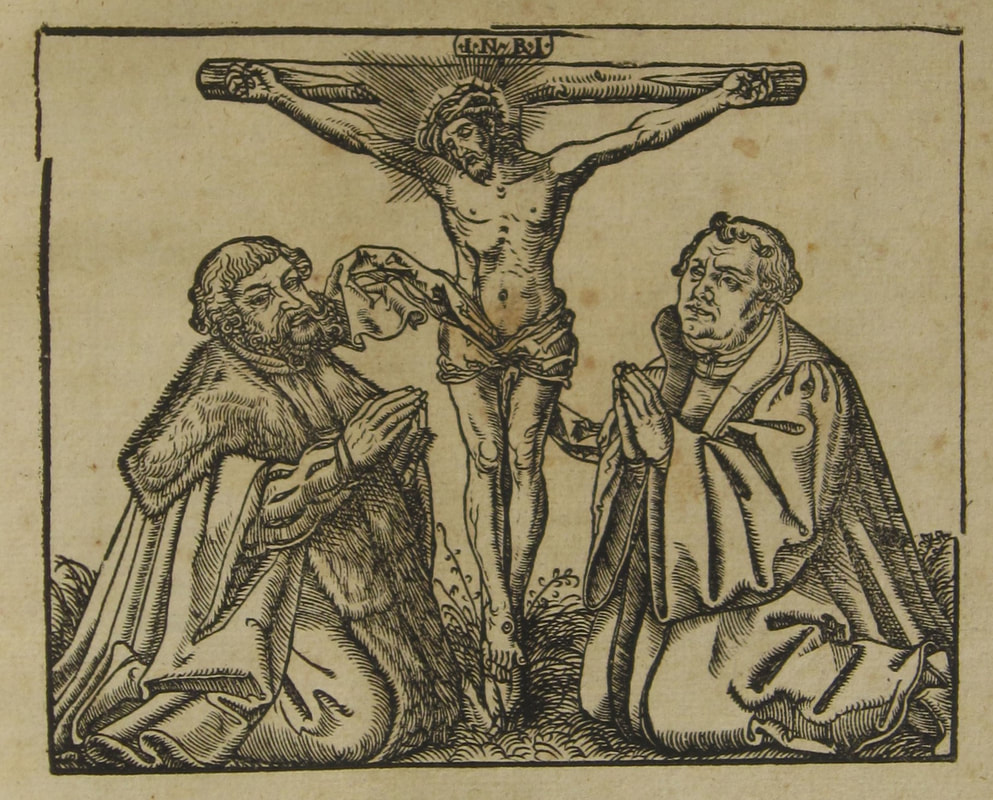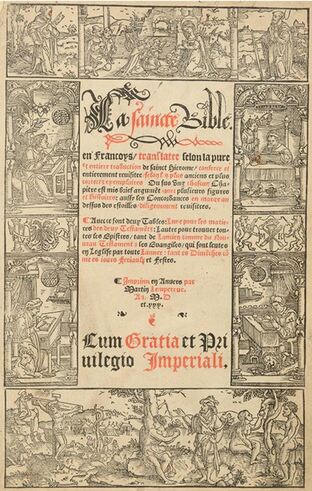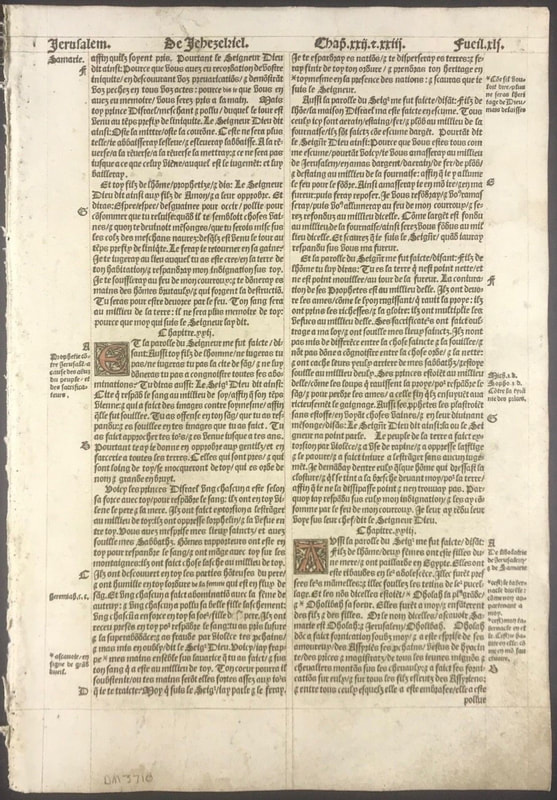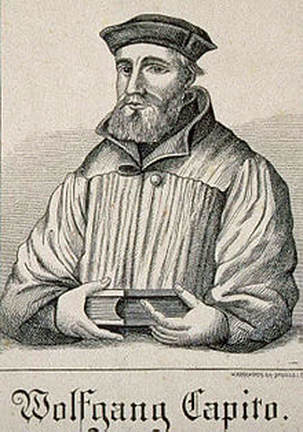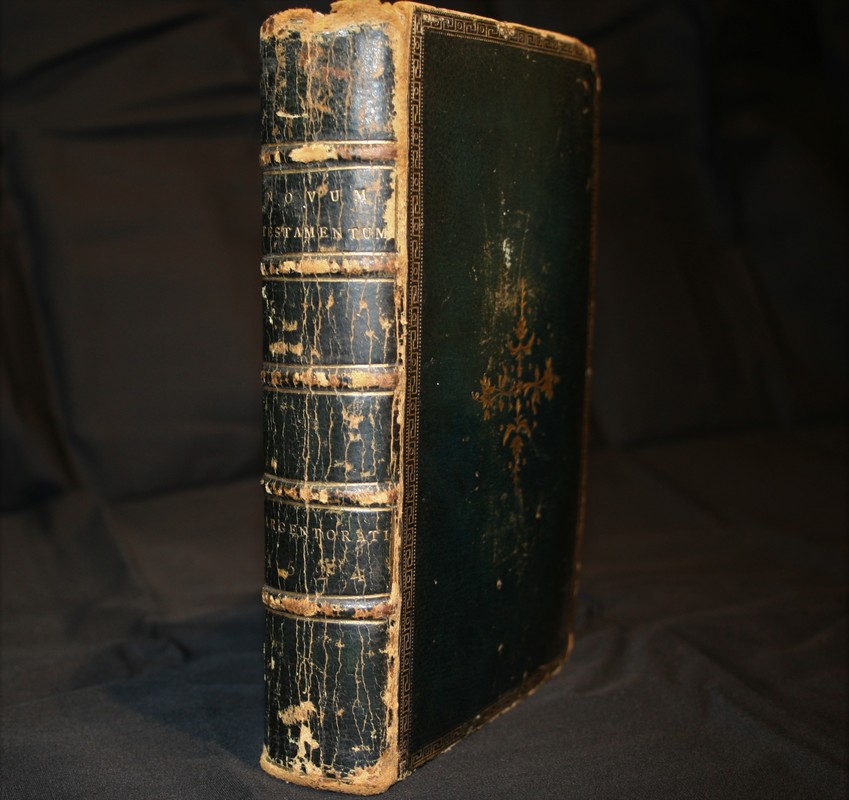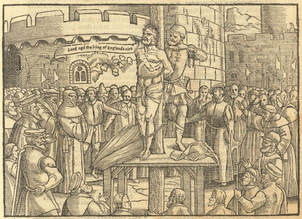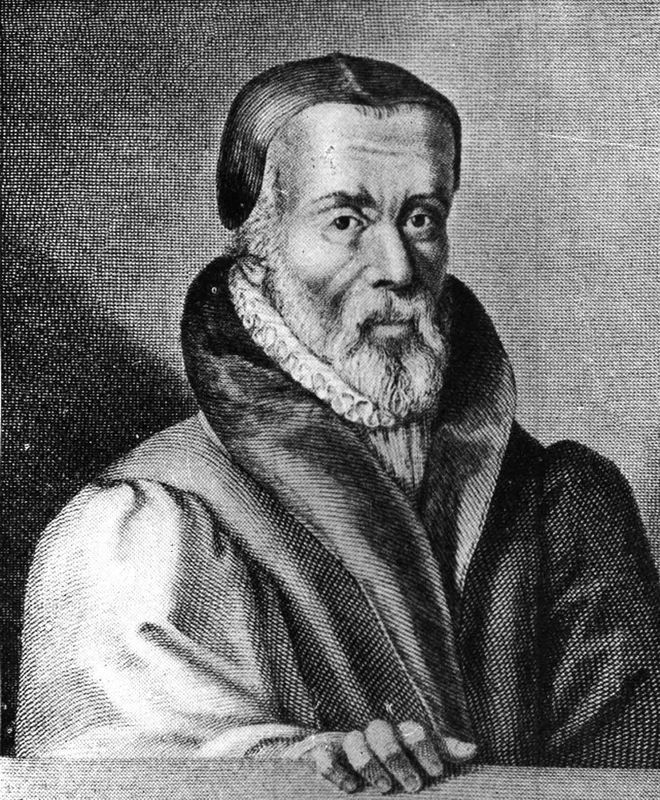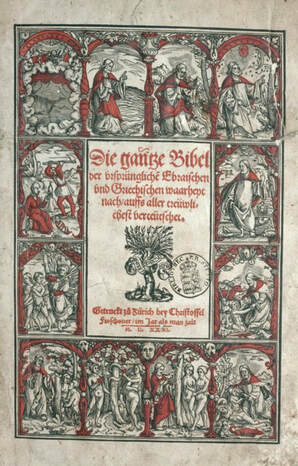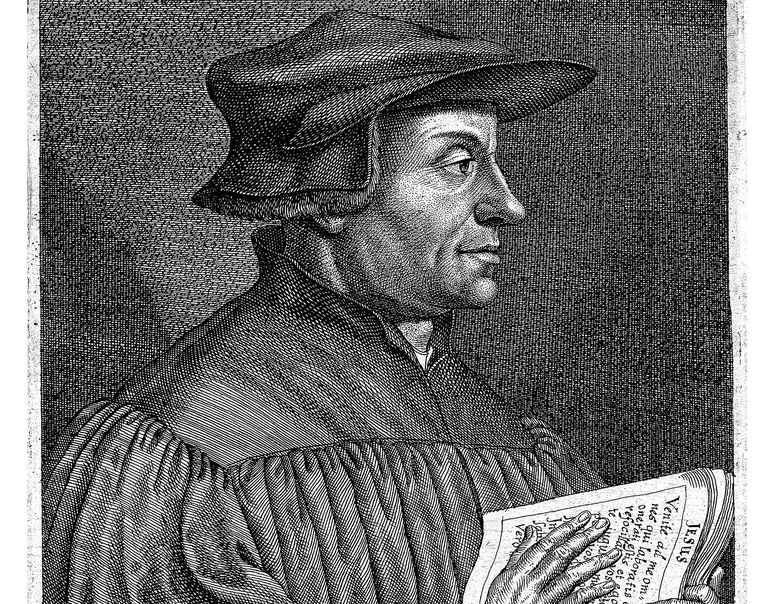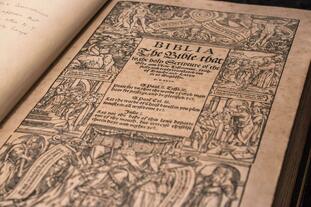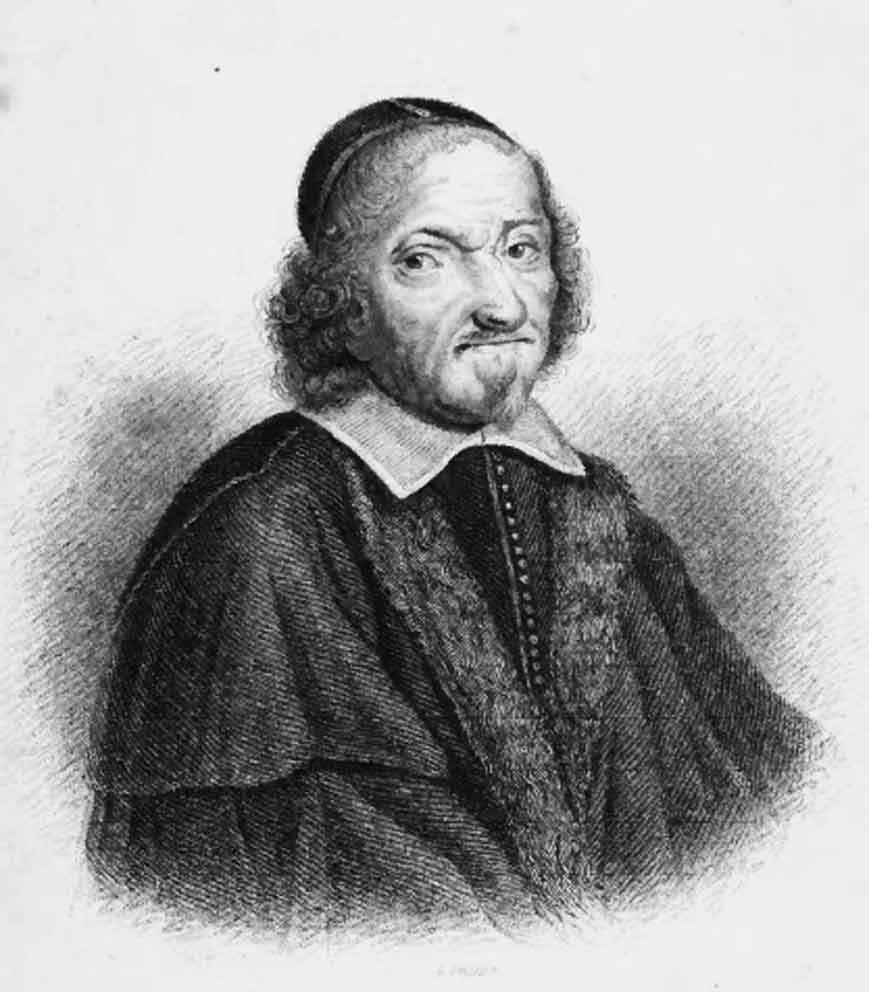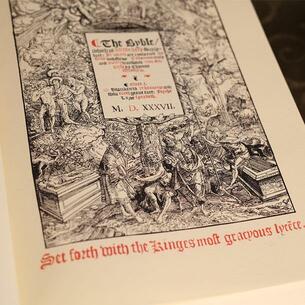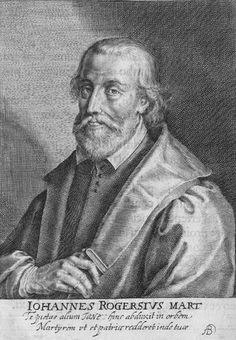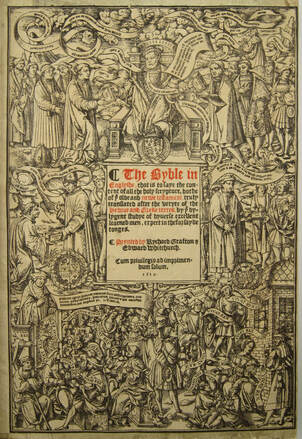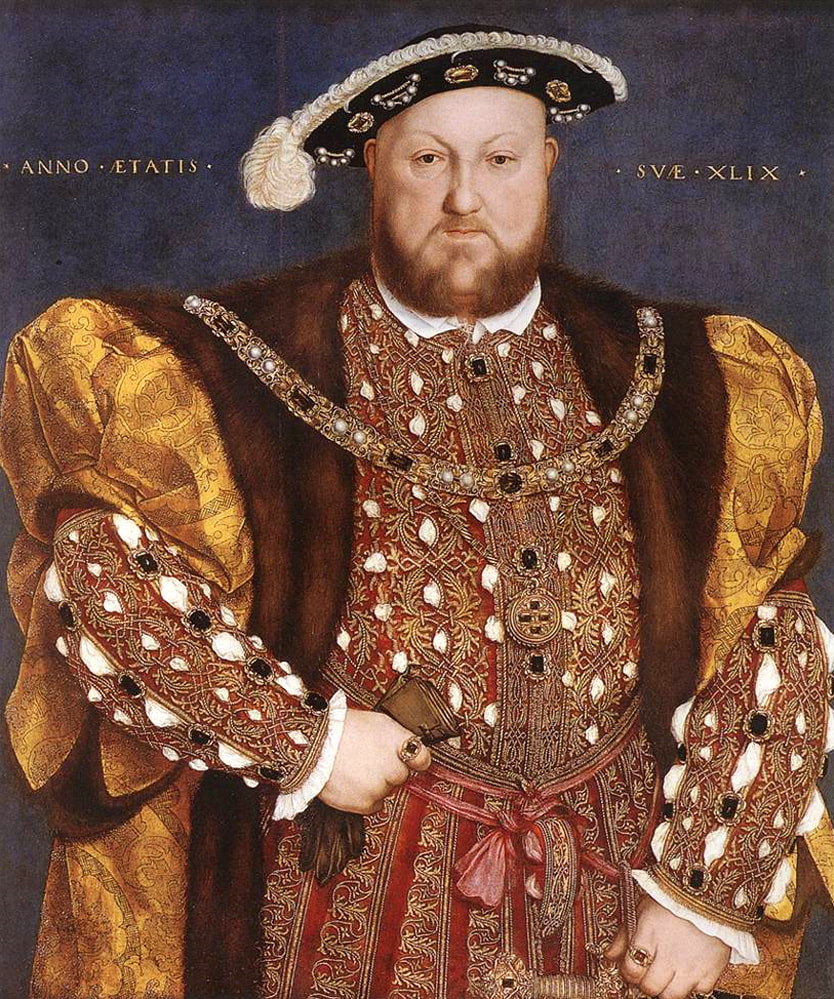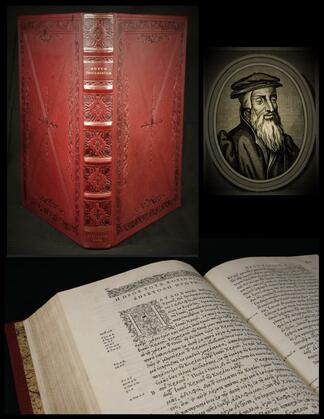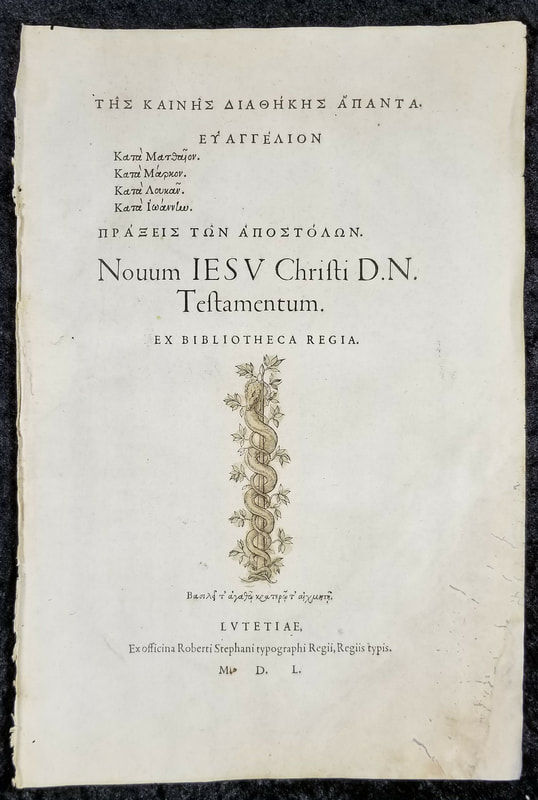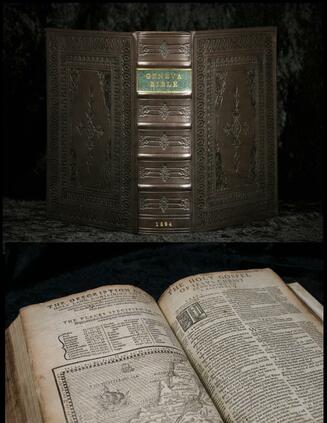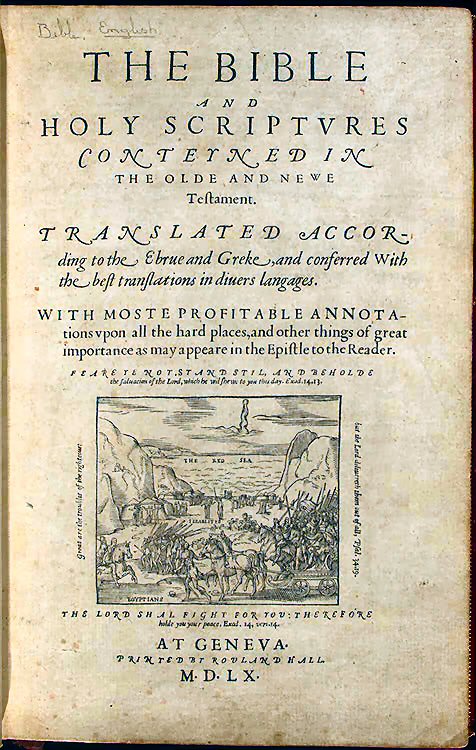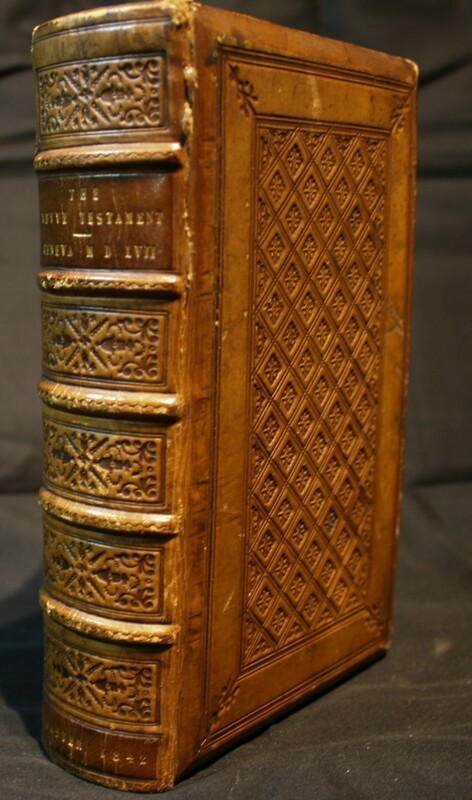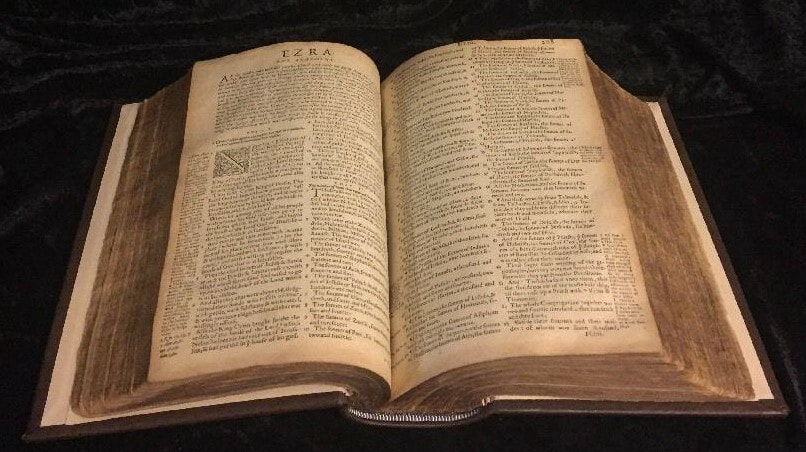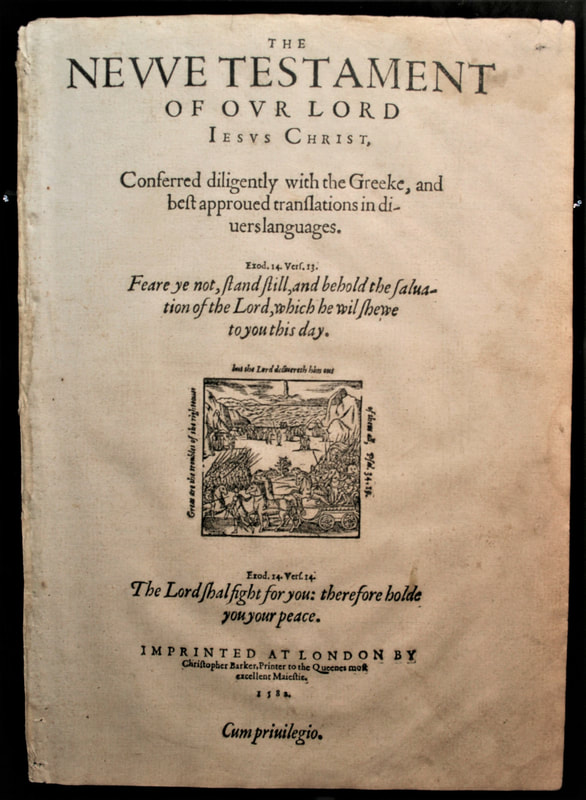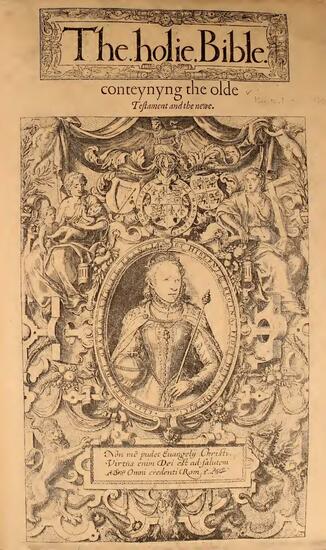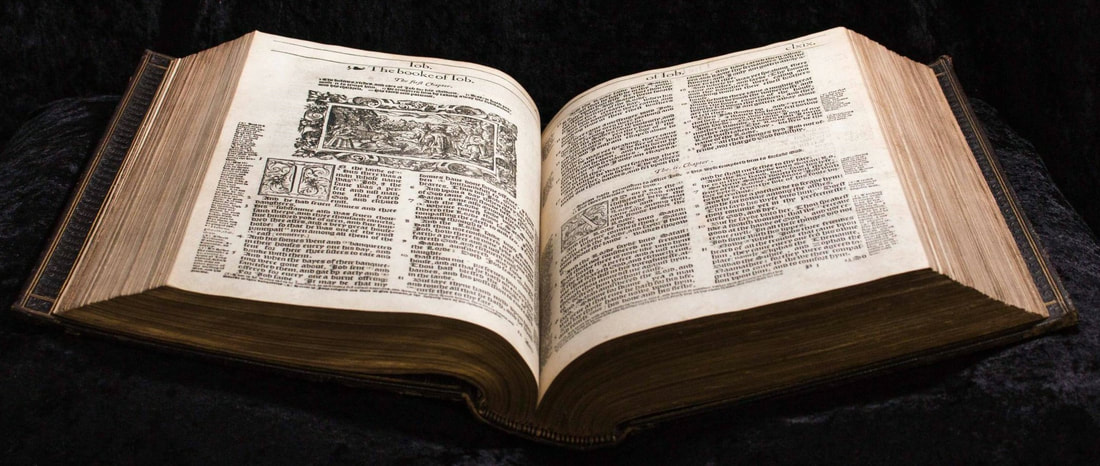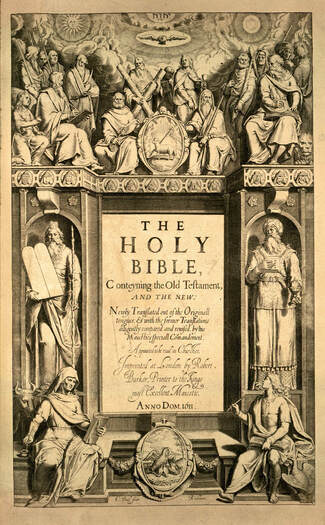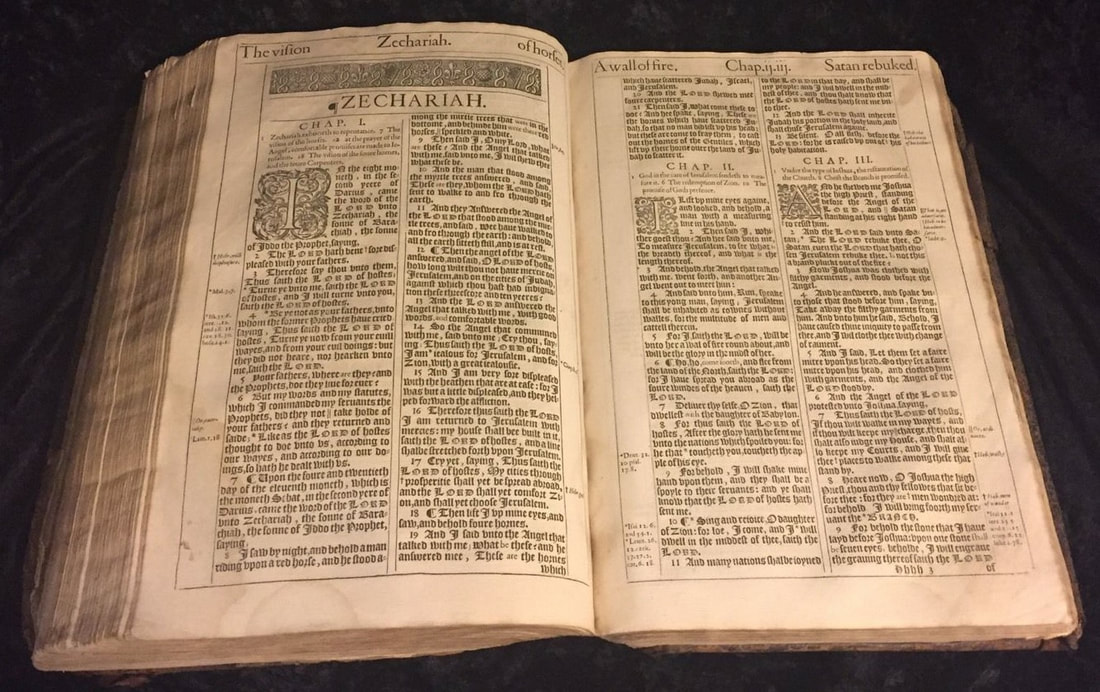| ||
Chronological Timeline | ||
Proudly powered by Weebly
|
- Home
-
Seeking Truth
-
Acts Series
>
-
Acts Lessons 1-10
>
- Lesson 1: Acts 1:1 An Introduction
- Lesson 2: Acts 1:1-8 The Power of the Kingdom
- Lesson 3: Acts: 1:9-11 The Ascension and Return of Jesus
- Lesson 4: Acts: 1:12-26 Replacing Judas
- Lesson 5: Acts: 2:1-4 The Baptism of the Holy Spirit
- Lesson 6: Acts: 2:4-13 The Gift of Speaking in Tongues
- Lesson 7: Acts: 2:14-21 Call Upon the Lord and be Saved
- Lesson 8: Acts: 2:22-30 The Life, Death, and Resurrection of Jesus Christ
- Lesson 9: Acts: 2:29-36 Jesus is both Lord and Christ
- Lesson 10: Acts: 2:37-41 Repent and be Saved
-
Acts Lessons 11-20
>
- Lesson 11: Acts: 2:42-47 The Fellowship of the Church
- Lesson 12: Acts: 3:1-11 A Miraculous Healing
- Lesson 13: Acts: 3:12-16 His Name, through Faith in His Name
- Lesson 14: Acts: 3:17-26 Turn Away from Sin and Turn Upon Jesus
- Lesson 15: Acts: 4:1-12 The Name that Saves
- Lesson 16: Acts: 4:13-26 The Bold Stance for Truth
- Lesson 17: Acts: 4:24-31 Jesus is King
- Lesson 18: Acts: 4:32-5:11 Truth and Deception within the Church
- Lesson 19: Acts: 5:12-42 Joy in Suffering Shame for His Name
- Lesson 20: Acts: 6:1-15 Serving with Boldness
-
Acts Lessons 21-30
>
- Lesson 21: Acts 7:1-15 Stephen's Defense part 1
- Lesson 22: Acts 7:18-36 Stephen's Defense part 2
- Lesson 23: Acts 7:37-50 Stephen's Defense part 3
- Lesson 24: Acts 7:51-60 The Martyrdom of Stephen
- Lesson 25: Acts 8:1-17 The Gospel Preached in Samaria
- Lesson 26: Acts 8:18-40 True and False Converts
- Lesson 27: Acts 9:1-9 Saul's Conversion
- Lesson 28: Acts 9:10-16 A Chosen Vessel
- Lesson 29: Acts 9:17-30 The Transformation of Saul
- Lesson 30: Acts 9:31-43 The Edification of the Church
-
Acts Lessons 31-40
>
- Lesson 31: Acts 10:1-28 One Body in Christ: Salvation to the Genitles (pt1)
- Lesson 32: Acts 10:28 Freedom in Christ: Salvation to the Genitles (pt2)
- Lesson 33: Acts 10:28-43 The Man, Jesus Christ: Salvation to the Genitles (pt3)
- Lesson 34: Acts 10:44-48 One Body by One Spirit in Christ: Salvation to the Genitles (pt4)
- Lesson 35: Acts 11:1-18 Astounding News: Salvation to the Genitles (pt5)
- Lesson 36: Acts 11:19-26 The Christians of Antioch
- Lesson 37: Acts 11:27-12:25 Persecution and Famine in Jerusalem
- Lesson 38: Acts 13:1-12 The First Missionary Journey: Cyprus
- Lesson 39: Acts 13:13-23 Paul's Sermon: The Promise of the Messiah
- Lesson 40: Acts 13:24-37 Paul's Sermon: The Promise Fulfilled in the Resurrection
-
Acts Lessons 41-50
>
- Lesson 41: Acts 13:38-49 Paul's Sermon: Salvation to all who Believe
- Lesson 42: Acts 13:50-14:17 The Gospel Preached in Iconiium and Lystra
- Lesson 43: Acts 14:18-28 The First Mission Completed
- Lesson 44: Acts 15:1-6 The Jerusalem Council Meeting
- Lesson 45: Acts 15:7-19 The Edict of the Jerusalem Council Meeting
- Lesson 46: Acts 15:20-35 The Conclusion of the Jerusalem Council Meeting
- Lesson 47: Acts 15:36-16:5 The 2nd Missionary Journey
- Lesson 48: Acts 16:6-10 Gods Timing in His Perfect Will
- Lesson 49: Acts 16:11-31 Gods Saving Power in Philippi
- Lesson 50: Acts 16:32-40 An Open Triumph in Philippi
-
Acts Lessons 51-60
>
- Lesson 51: Acts 17:1-4 The Everlasting Surety of the Gospel
- Lesson 52: Acts 17:4-15 Expectant Ears and Hard Hearts
- Lesson 53: Acts 17:16-23 Stirred in Athens
- Lesson 54: Acts 17:22-34 Knowing the Unkown God
- Lesson 55: Acts 18:1-17 Comforted in Corinth
- Lesson 56: The Epistles to the Thessalonians
- Lesson 57: The Epistle to the Galatians
- Lesson 58: Acts 18:18-22 The 2nd Journey Completed
- Lesson 59: Acts 18:23-28 The 3rd Journey Begins
- Lesson 60: Acts 19:1-7 Transitioning from the Old to to the New
-
Acts Lessons 61-70
>
- Lesson 61: Acts 19:8-10 An Open Door in Ephesus
- Lesson 62: An Overview of 1 Corinthians
- Lesson 63: God Works Mightily in Ephesus
- Lesson 64: A Riot in Ephesus
- Lesson 65: An Overview of 2 Corinthians
- Lesson 66: Intro to the Book of Romans
- Lesson 67: Overview of Romans chapters 1-7
- Lesson 68: The Promises of Romans chapter 8
- Lesson 69: Romans chapters 9-11: Israel and God's Plan of Redemption
- Lesson 70: Romans chapters 12-16: Living out from Faith and walking in Love
-
Acts Lessons 71-80
>
- Lesson 71: Acts 20:3-16 A Heart of Purpose
- Lesson 72: Acts 20:17-27 An Eternal Address in Miletus part 1
- Lesson 73: Acts 20:28-32 An Eternal Address in Miletus part 2- Shepherd the Flock
- Lesson 74: Acts 20:32-38 An Eternal Address in Miletus part 3- The Rewards of the Inheritance
- Lesson 75: Acts 21:1-14 A Heart of Readiness
- Lesson 76: Acts 21:15-25 The Heart of a Humble Servant
- Lesson 77: Acts 21:26-33 Bound in Jerusalem
- Lesson 78: Acts 21:33-22:5 The Testimony of a Changed Man
- Lesson 79: Acts 22:6-22 The Testimony of a Changed Man (part 2)
- Lesson 80: Acts 22:23-23:11 Providence from Jerusalem to Rome
-
Acts Lessons 81-90
>
- Lesson 81: Acts 23:12-35 The Providential Hand of God
- Lesson 82: Acts 24:1-15 Paul's Defense: Hope in God
- Lesson 83: Acts 24:15 The Hope of the Resurrection
- Lesson 84: Acts 24:15 The Hope of Righteous Judgement
- Lesson 85: Acts 24:16-27 Paul Bound in Caesarea
- Lesson 86: Acts 25 Paul's Appeal to Caesar
- Lesson 87: Acts 26:1-18 From Darkness to Light
- Lesson 88: Acts 26:19-32 Proclaiming the Light
- Lesson 89: Acts 27:1 Preparing for Rome and the Gospel of Luke
-
Acts Lessons 1-10
>
-
1st John Series
>
-
1st John Lessons 1-10
>
- Lesson 1- 1st John Opening Lesson
- Lesson 2- The Word of Life 1 John 1:1-2
- Lesson 3- Fellowship in Him 1 John 1:3-4
- Lesson 4- God is Light 1 John 1:5
- Lesson 5- Walking in the Light 1 John 1:6-7
- Lesson 6- The Assurance of our Fellowship 1 John 1:7
- Lesson 7- Original Sin 1 John 1:8
- Lesson 8- Confession of Sin 1 John 1:9-10
- Lesson 9- Jesus Christ: Our Advocate and Propitiation 1 John 2:1-2
- Lesson 10- Knowing that we Know Him 1 John 2:3
-
1st John Lessons 11-20
>
- Lesson 11- Knowing that we are Abiding in Him 1 John 2:4-6
- Lesson 12- The Command of Everlasting Life 1 John 2:7-11
- Lesson 13- You Have Overcome 1 John 2:12-14
- Lesson 14- Do Not Love the World 1 John 2:15-17
- Lesson 15- Not of this World 1 John 2:15-17
- Lesson 16- Overcoming the Things of this World 1 John 2:15-17
- Lesson 17- The World is Passing Away 1 John 2:17
- Lesson 18- Abiding unto the Forever with Jesus 1 John 2:17
- Lesson 19- The Antichrist who is Coming 1 John 2:18
- Lesson 20- The Anointing from the Holy One1 John 2:19-23
-
1st John Lessons 21-30
>
- Lesson 21- The Word of Life Abiding in You 1 John 2:24-27
- Lesson 22- When He Appears 1 John 2:28
- Lesson 23- He is Righteous 1 John 2:29
- Lesson 24- The Evidence of Righteousness 1 John 2:29-3:1
- Lesson 25- The Purifying Hope 1 John 3:2-3
- Lesson 26- The Evidence of Sin 1 John 3:4-10
- Lesson 27- The Evidence of Love 1 John 3:10-15
- Lesson 28- The Action of Love in Truth 1 John 3:16-18
- Lesson 29- The Assurance of Love 1 John 3:19-24
- Lesson 30- Do not believe every spirit 1 John 4:1-3
-
1st John Lessons 31-36
>
- Lesson 31- By this We Know the Spirit of Truth 1 John 4:3-6
- Lesson 32- The Manifested Love of God 1 John 4:7-16
- Lesson 33- The Perfected Love of God 1 John 4:17-5:5
- Lesson 34- The Witness of God (the Johannine Comma) 1 John 5:6-8
- Lesson 35- The Witness of God (part 2) 1 John 5:7-13
- Lesson 36- To Know Him who is True 1 John 5:14-21
-
1st John Lessons 1-10
>
- 2nd John Lesson
- 3rd John Lesson
-
2nd Timothy Series
>
-
2nd Timothy Lessons 1-10
>
- Lesson 1- 2nd Timothy Opening Lesson
- Lesson 2- Remember the Gifts that are in You 2nd Timothy 1:1-7
- Lesson 3- Not Ashamed of Christ 2nd Timothy 1:8-12
- Lesson 4- Hold Fast the Word of Truth 2nd Timothy 1:13-18
- Lesson 5- Teach the Word of Truth 2nd Timothy 2:1-2
- Lesson 6- The Discipline of the Word of Truth 2nd Timothy 2:3-7
- Lesson 7- Remember Jesus Christ, the Word of Truth 2nd Timothy 2:8-9
- Lesson 8- Endurance for the Word of Truth 2nd Timothy 2:10-13
- Lesson 9- Rightly Dividing the Word of Truth 2nd Timothy 2:11-19 part 1
- Lesson 10- Rightly Dividing the Word of Truth 2nd Timothy 2:14-19 part 2
-
2nd Timothy Lessons 11-20
>
- Lesson 11- 2nd Timothy Sanctified and Useful for the Master
- Lesson 12- The Response to Ungodly Opposition
- Lesson 13- The Response to Ungodly Opposition (part 2)
- Lesson 14- Desiring to Live Godly in Christ Jesus 2 Tim 3:10-12
- Lesson 15- Abiding in the Word of Truth 2 Tim 3:13-15
- Lesson 16- The God Breathed Word of Truth (part 1) 2 Tim 3:16-17
- Lesson 17- The God Breathed Word of Truth (part 2) 2 Tim 3:16-17
- Lesson 18- The Righteous Judge 2 Tim 4:1-2
- Lesson 19- Preach the Word 2 Tim 4:2
- Lesson 20- Be Watchful and Guard the Truth 2 Tim 4:3-4
- 2nd Timothy Lessons 21-26 >
-
2nd Timothy Lessons 1-10
>
-
The History of the Bible Series
>
- 01 History of the Bible intro
- 02 History of the Bible Preface Philip Melanchthon
- 03 History of the Bible Intro to Old Testament
- 04 History of the Bible Old Testament Books (part 1 of 4) Books of Moses
- 05 History of the Bible Old Testament Books (part 2 of 4) Joshua - Ecclesiastes
- 06 History of the Bible Old Testament Books (part 3 of 4) Obadiah - Habakkuk
- 07 History of the Bible Old Testament Books (part 4 of 5) Babylonian Captivity
-
The Book of Hebrews Series
>
- The Book of Hebrews Lessons 1-10 >
-
The Book of Hebrews Lessons 21-30
>
- Lesson 21 Hebrews 10:26-31 Apostacy
- Lesson 22 Hebrews 10:32-39 Joy in Sufferings
- Lesson 23 Hebrews 11:1 What is Faith?
- Lesson 24 Hebrews 11:2-3 Faith and the Unseen
- Lesson 25 Hebrews 11:4-7 By Faith...Abel, Enoch, Noah,
- Lesson 26 Hebrews 11:8-16 By Faith...Abraham
- Lesson 27 Hebrews 11:17-19 By Faith...Abraham Offered Isaac
- Lesson 28 Hebrews 11:20-22 By Faith...Isaac, Jacob, Joseph
- Lesson 29 Hebrews 11:23-26 By Faith...Moses
- Lesson 30 Hebrews 11:27-29 By Faith...Moses part 2
-
The Book of Hebrews Lessons 31-42
>
- Lesson 31 Hebrews 11:30-32 The Courage of Faith part 1
- Lesson 32 Hebrews 11:33-40 The Courage of Faith part 2
- Lesson 33 Hebrews 12:1-4 The Endurance of Believing
- Lesson 34 Hebrews 12:3-11 The Father’s Loving Hand of Correction (part 1)
- Lesson 35 Hebrews 12:5-11 The Father’s Loving Hand of Correction (part 2)
- Lesson 36 Hebrews 12:12-17 The Exhortation to Pursue Peace and Holiness
- Lesson 37 Hebrews 12:18-29 The Comparison of Two Covenants (part 1)
- Lesson 38 Hebrews 12:18-29 The Comparison of Two Covenants (part 2)
- Lesson 39 Hebrews 13:1-6- Remaining Steadfast in the love of the Brethren in Christ (part 1)
- Lesson 40 Hebrews 13:7-19- Remaining Steadfast in the love of the Brethren in Christ (part 2)
- Lesson 41 Hebrews 13:20-25 The Conclusion
-
Word of Truth Teachings
>
- 03-24-24 Behold Your King is Coming: Palm Sunday Message
- 12-17-23 Christmas Message: A Body You Have Prepared for Me
- 10-01-23 Ruth: A Story of Redemption part 2
- 09-24-23 Ruth: A Story of Redemption part 1
- 07-23-23 Isaiah 53 part 2
- 07-16-23 Isaiah 53 part 1
- 07-03-22 The Road to Emmaus
- 04-17-22 Resurrection Life unto Eternal Fellowship
- 03-27-22 Evangelism
- 01-17-22 Our Blessed Hope
- Christmas Message- The Seed of Eternal Life- Galatians 4:1-7
- 04-03-21 The Perfecting Work of the Resurrection
- 01-31-21 Proclaiming Truth to a Fallen World
- 09-15-19 Eternal Family in Christ
- 09-22-19 Eternal Family in Christ
- 11-17-19 The Life and Happenings of the Apostle John
- Contact Form
-
Acts Series
>
-
Historical Bible Exhibit
-
Exhibit
>
- History of the Bible Map
- Old Testament Chronology >
- The New Testament: The Word is Made Flesh >
- Jerome's Latin Vulgate
- The Dark Ages >
- 1382 The Wycliffe Bible
- The Gutenberg Bible
- Erasmus Greek New Testament >
-
Martin Luther
>
- Martin Luther- The Early Years
- Martin Luther- The Monk of Erfurt
- Martin Luther- The Truth Revealed
- Martin Luther's Salvation
- Martin Luther- Preaches at Wittemberg
- Martin Luther Attacks the Traditions of the Catholic Church
- Martin Luther- Response to Luther's 95 Theses
- Martin Luther- The Elector Fedrick's Prophetic Dream of Theses
- Martin Luther- The Reformation Commences
- Martin Luther and Philip Melanchthon
- Martin Luther Pressure Ensues from the Catholic Church
- Martin Luther- The Diet of Worms
- Martin Luther's German New Testament
- Martin Luther's 1534 Complete German Bible
- French Translations
- Strasbourg Greek New Testament 1524
- William Tyndale >
- Ulrich Zwingli and the 1531 Zurich Bible
- 1535 Coverdale Bible
- 1537 Matthews Bible
- 1539 Great Bible
- 1550 Stephanus Bible
- Geneva Bible >
- 1568 Bishops Bible
- 1611 King James Bible
- Conclusion
-
Exhibit
>
-
Books of Truth
-
Historical Bibles Online
>
- 1519 Erasmus Novum Testamentum >
- 1535 Coverdale Bible >
- 1538 Coverdale Newe Testament
- 1546 Stephanus Greek New Testament >
- 1550 Stephanus Greek New Testament Digital Ebook >
- 1560 Geneva Bible Exhibit
- 1569 Geneva Bible Exhibit
- 1611 King James He Bible, 1st issue 1611 Exhibit
- 1611 King James Bible, 3rd issue 1617 PDF Downloads and Ebook >
- 1611 King James Bible, 4th issue 1634 Exhibit
- 1612 King James Bible She H314 Exhibit
- 1613 King James Bible True 2nd ed H322 Exhibit
- 1613 King James Bible Quarto Exhibit
- 1619 King James Bible- Digital Ebook >
- 1841 English Hexapla Exhibit
-
Antiquarian Books FOR SALE
>
- Desiderius Erasmus of Rotterdam >
- Martin Luther >
- Robert Stephanus
-
Robert Estienne (Stephanus)
>
- 1550 Stephanus Greek New Testament
-
1550 Stephanus Bible Leaves
>
- 1550 Stephanus Bible Leaves- You Choose
- 1550 Stephanus Gospel of Mark
- 1550 Stephanus Gospel of Luke
- 1550 Stephanus Greek New Testament Bible Leaf - Gospel of John
- 1550 Stephanus Acts
- 1550 Stephanus Romans
- 1550 Stephanus 1 Corinthians
- 1550 Stephanus 2 Corinthians
- 1550 Stephanus Galatians
- 1550 Stephanus Ephesians
- 1550 Stephanus Philippians
- 1550 Stephanus Colossians
- 1550 Stephanus 1 Thessalonians
- 1550 Stephanus 2 Thessalonians
- 1550 Stephanus 1 Timothy
- 1550 Stephanus 2 Timothy
- 1550 Stephanus Titus
- 1550 Stephanus Philemon
- 1550 Stephanus Hebrews
- 1550 Stephanus James
- 1550 Stephanus 1 Peter
- 1550 Stephanus 2 Peter
- 1550 Stephanus 1 John
- 1550 Stephanus 2nd-3rd John
- 1550 Stephanus Jude
- 1550 Stephanus Revelation
- 1600 Stephanus Greek Condordance
- Geneva "Breeches" Bibles >
- King James Bibles FOR SALE
- King James Bibles >
-
Other Bible Translations
>
-
1685 Bedell Irish Old Testament Bible
>
-
Ecclesiastical History and Theology
>
- 1554 Josephus
- 1823 The Genuine Works of Josephus
- 1566 Bede Ecclesiastical History
- 1722 Bede Ecclesiastical History
- 1644 History of the Sottish Reformation and the Life and Death of John Knox
- 1677 Cornelii Jansenii Pentateuch Commentary
- 1709 Rules and Decrees of the Council of Trent
- 1714 Tables of the Popes of Rome
-
Ecclesiastical History and Theology
>
- 1827 Bedell Irish Bible Complete with New Testament
- 1657 Biblia Hebraica-Novum Testamentum Graece
-
1685 Bedell Irish Old Testament Bible
>
- 1611 King James Bible Leaf 4th Issue 1634
- Books by Zack Rosiere >
-
Historical Bibles Online
>
-
Study topics
-
Resources
- Blog
- Contact
